The factory in Sant’Agata resembles the inside of Andy Warhol’s head. On the major production lines, of which there are now three since the arrival of the Urus SUV, and in the trim departments and in the solar-panel-shaded bays where completed Lamborghinis await a 30-mile shakedown, colour is everywhere.
Rose, lime, fuchsia, turquoise, blazing orange, bronze, all in matt and gloss finishes: the place has never been so riotously, wondrously vivid. Turns out Lamborghini’s numerous new customers in China and Japan don’t really do subtlety, and why should they?
Neither has the place ever been so busy. Lamborghini will build 8000 cars this year, of which the Urus should account for more than half. It gets its own paint shop on-site and a new contemporary-feeling assembly hall the far side of the hot and oily Squadra Corse motorsport workshops. In here, the process is more robotised than it is for the hand-assembled supercars. The SUV’s Porsche-sourced, visually monstrous twin-turbo V8 powertrain glides from station to station (takt time 35 minutes, compared with 75 minutes for the Lamborghini Aventador) on autonomous rigs that rise up hydraulically when the moment comes to unite body and chassis.
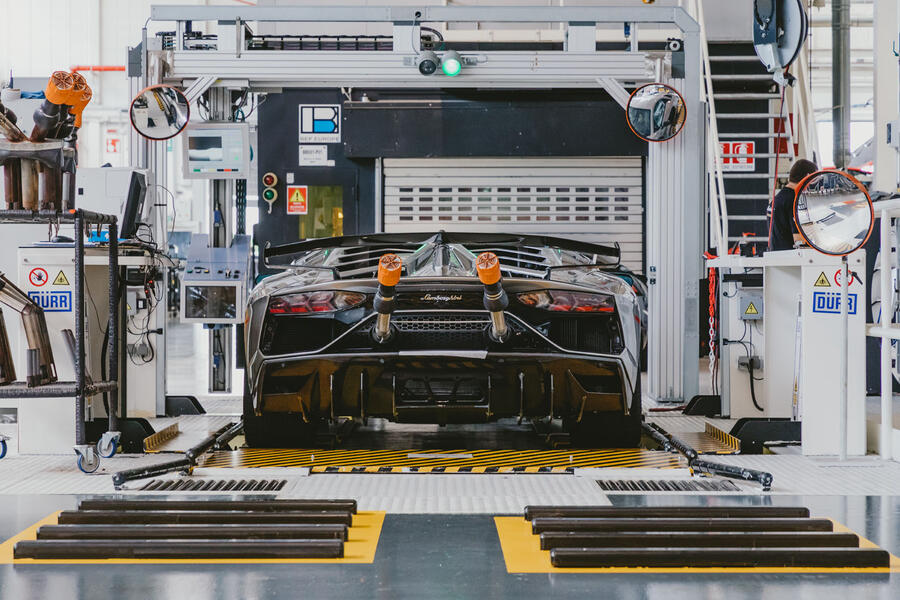
To meet demand, production is running 12 unbroken hours each day, though the quiet, focused ambience in the building tells you more than the numbers: they’re still a little bit up against it in here. Another detail that stands out is the workforce demographic, which in the case of the Lamborghini Urus is youthful. I’m told Lamborghini recruits interns from colleges in the region, with almost all going on to earn a full-time job that presumably commands considerable kudos down the trattoria.
Of course, it’s not hard to imagine these young people might want to one day work on the historic lines that gave us the Miura. These fascinating, 200-metre catwalks are annexed to the main building. Here they slow-cook around 13 Huracáns and only four or five Aventadors daily, along with the occasional Huracán GT3 and Super Trofeo racer. Like the Urus hall, there’s plenty of natural light in here, but the ceilings are lower, the pace slower and the atmosphere quite a bit more intimate. After all, they’re creating among the most flamboyant toys imaginable, for some of the most demanding people imaginable.
Co-developed with Audi, the Huracán’s V10 arrives in Italy having been born in Györ, Hungary, but the Aventador’s 430kg 6.5-litre V12 comes from Sant’Agata. Huge blocks sit on stands and polished, club-like pistons glisten in the gloved hands of tattooed employees. Now imagine being the person who gets to drop 659bhp into the sternum of an Aventador SVJ, whose carbonfibre shell has previously been sent 20 minutes down the road to be painted by a company called Imperiale.


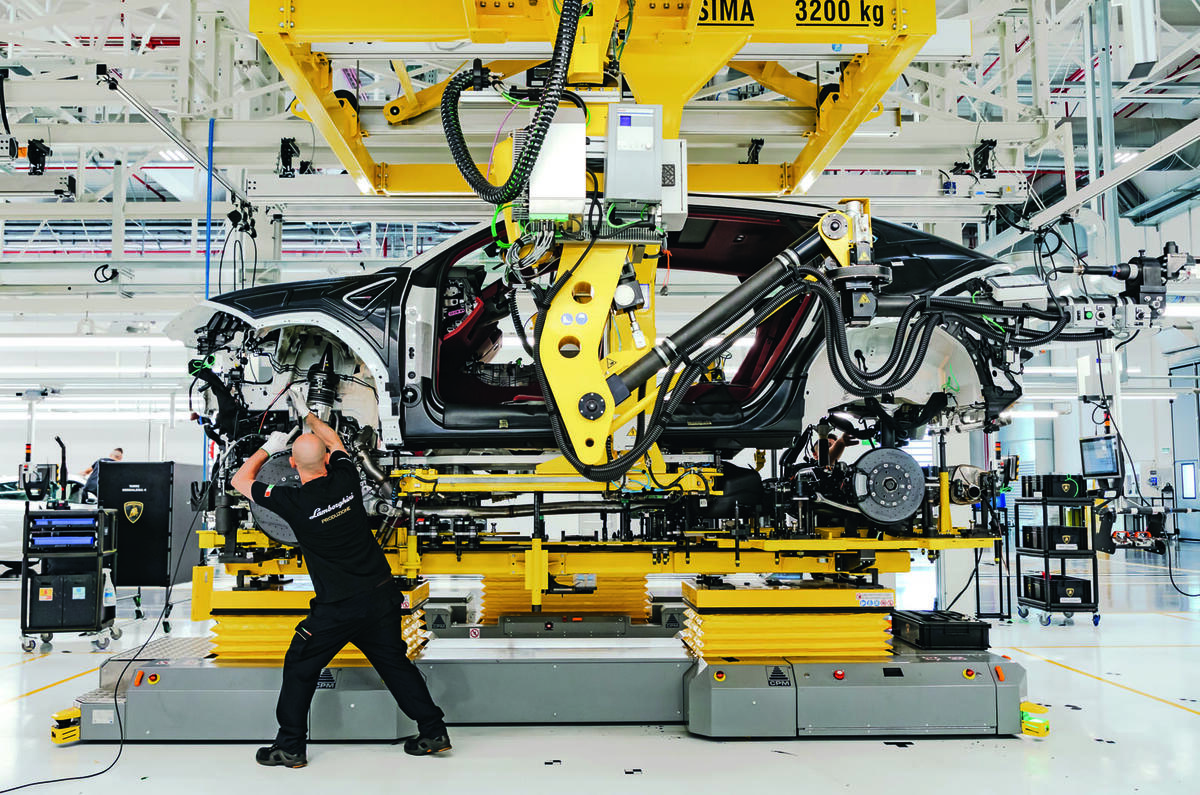
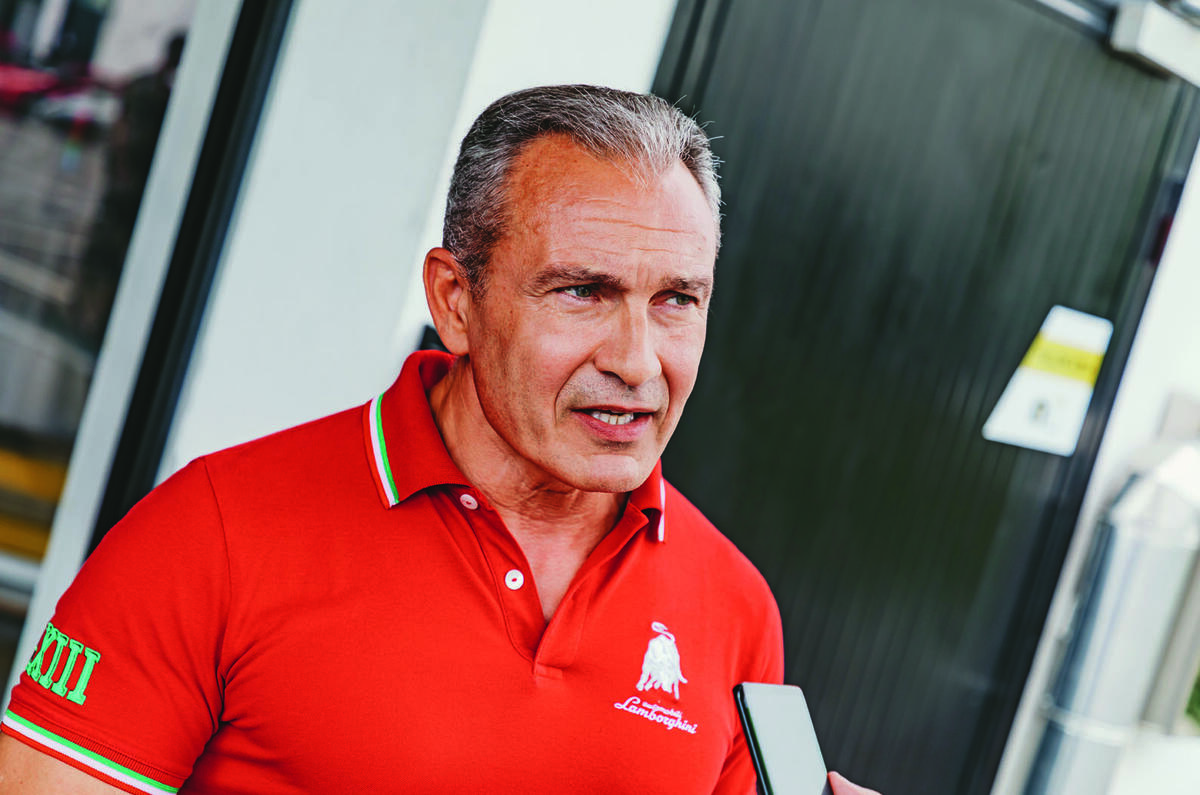
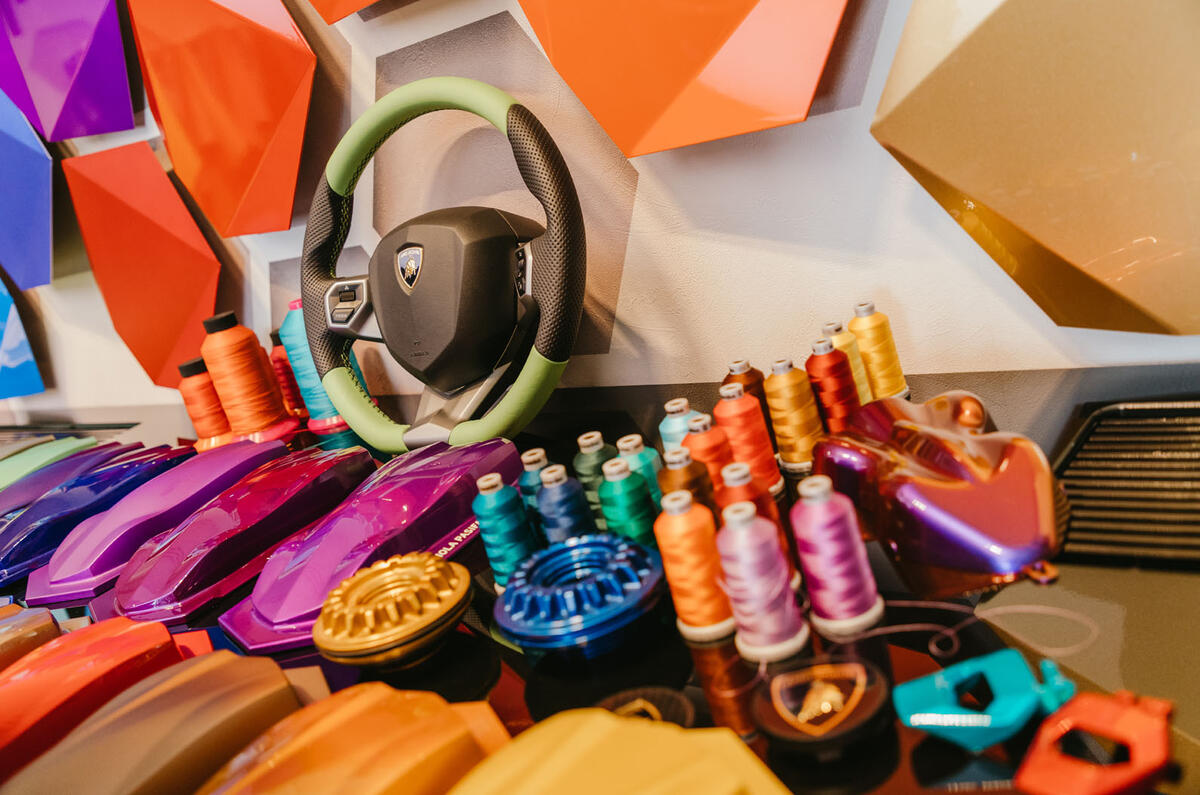

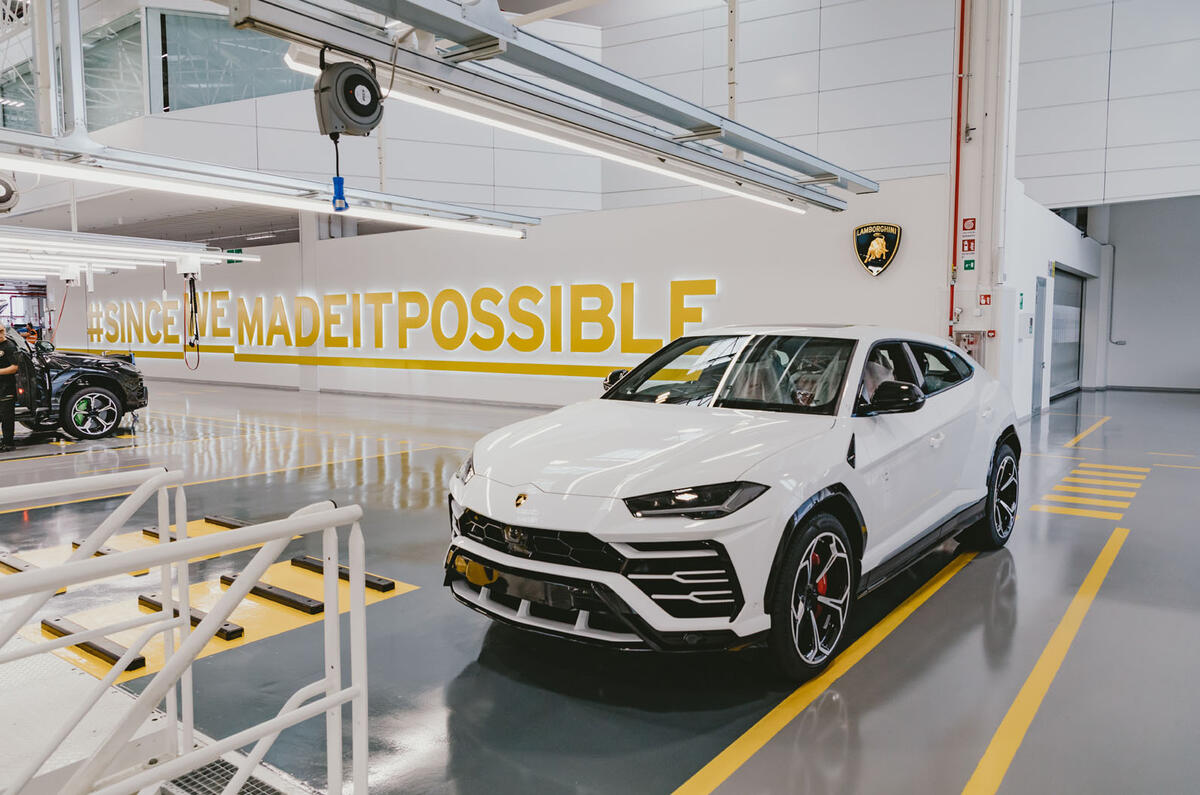
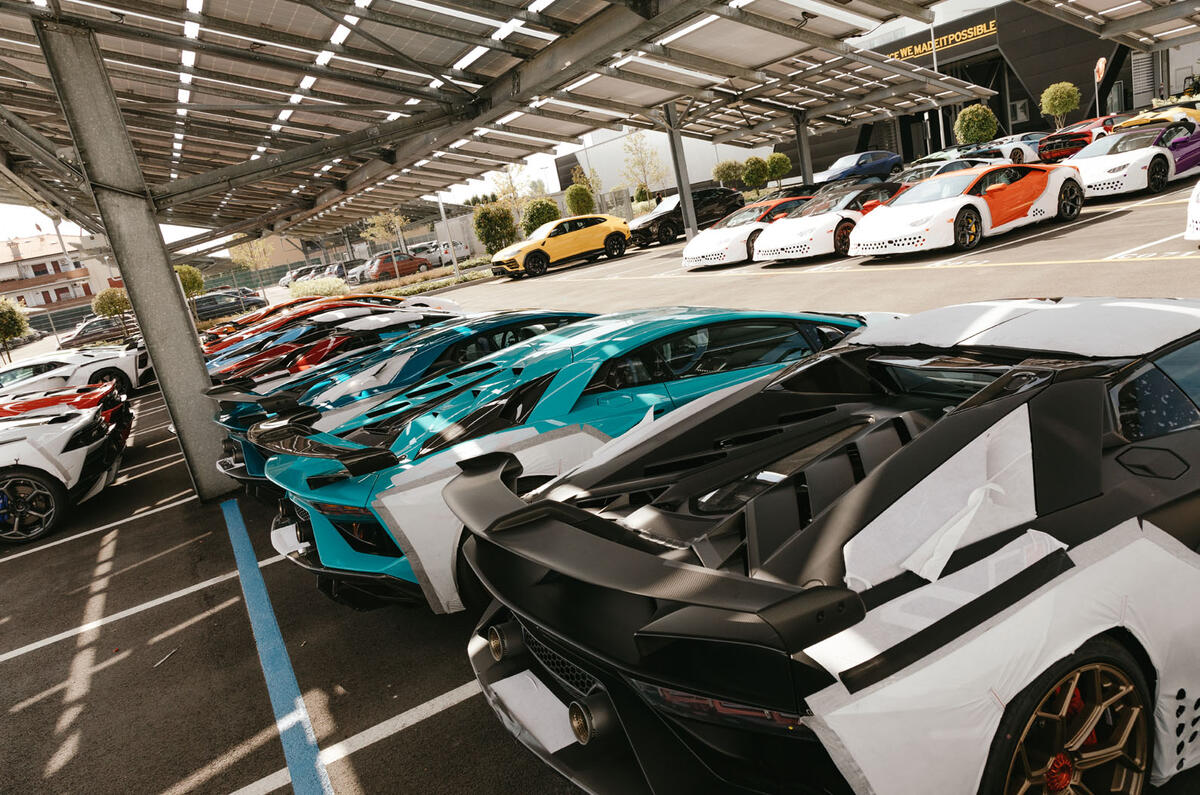
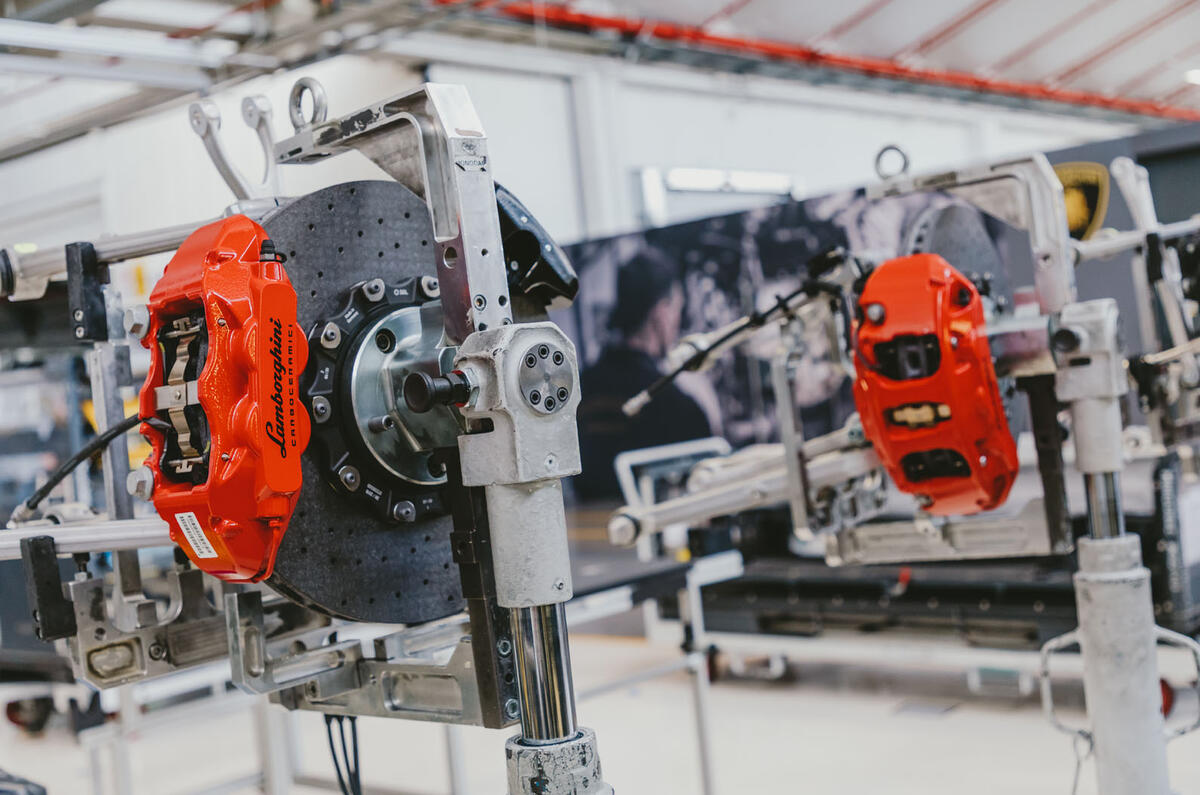
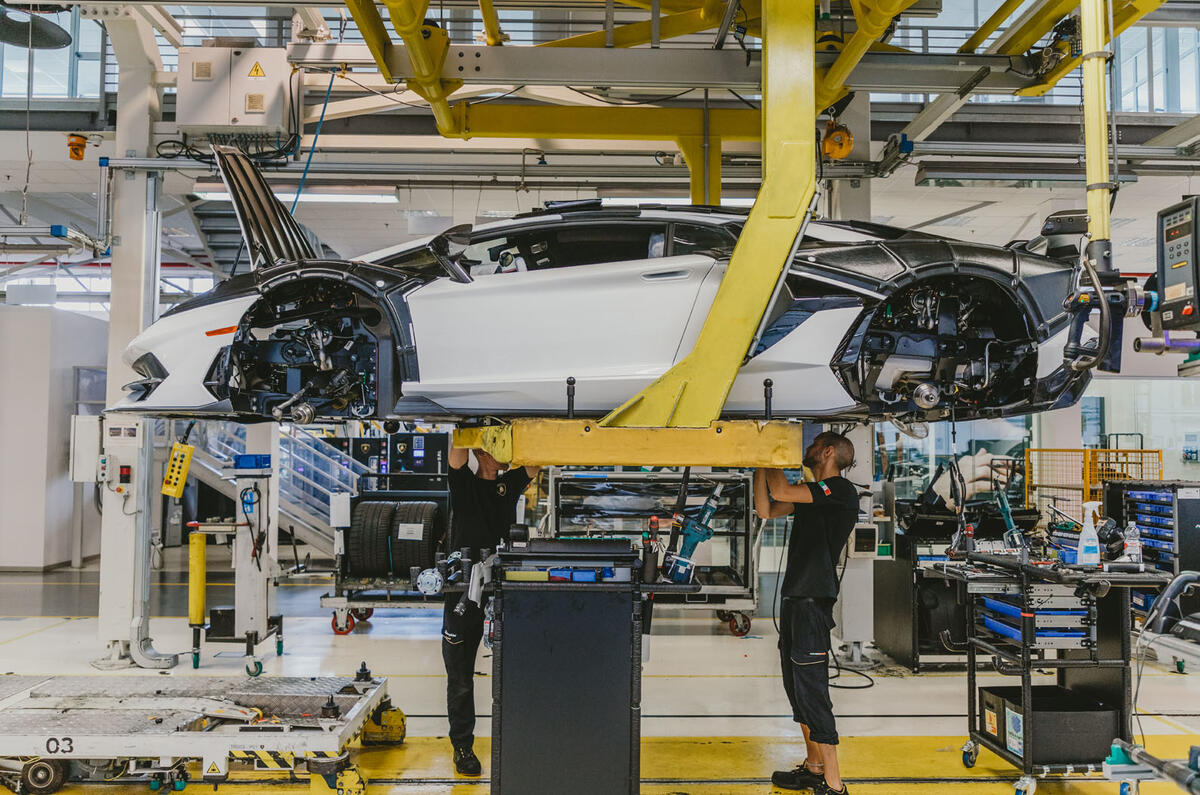
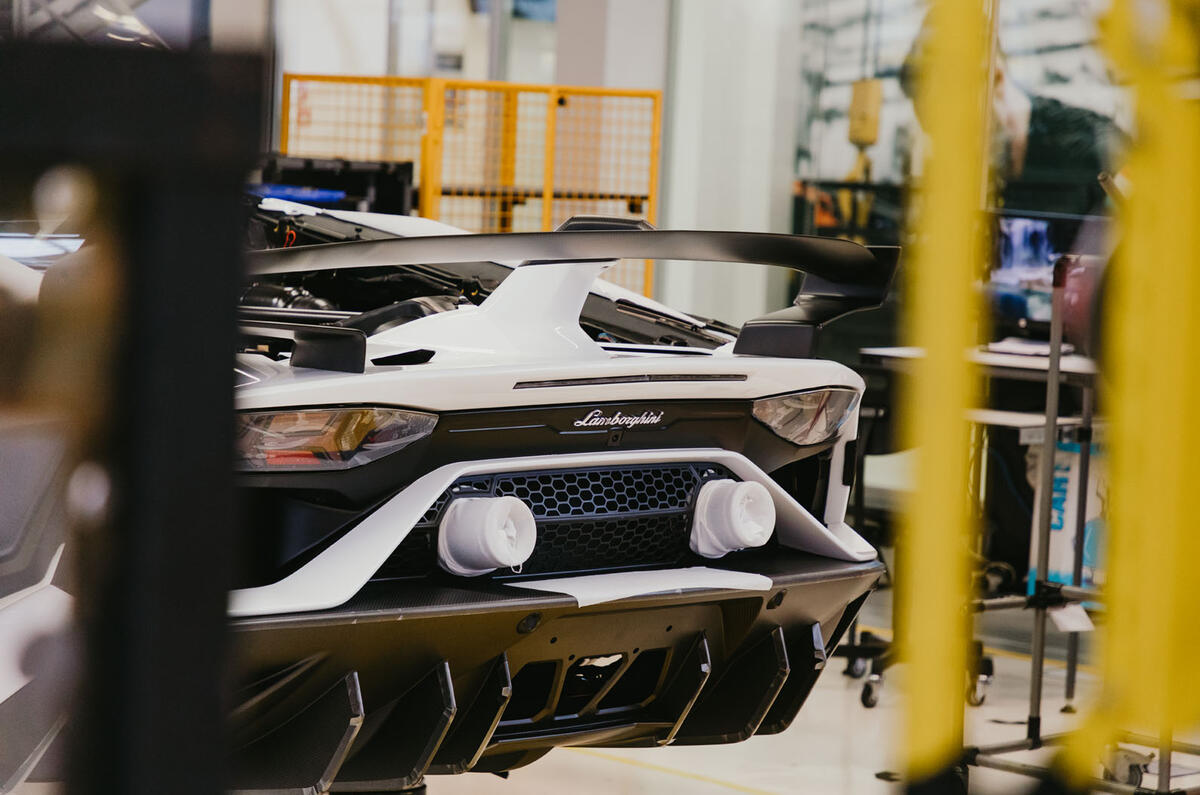
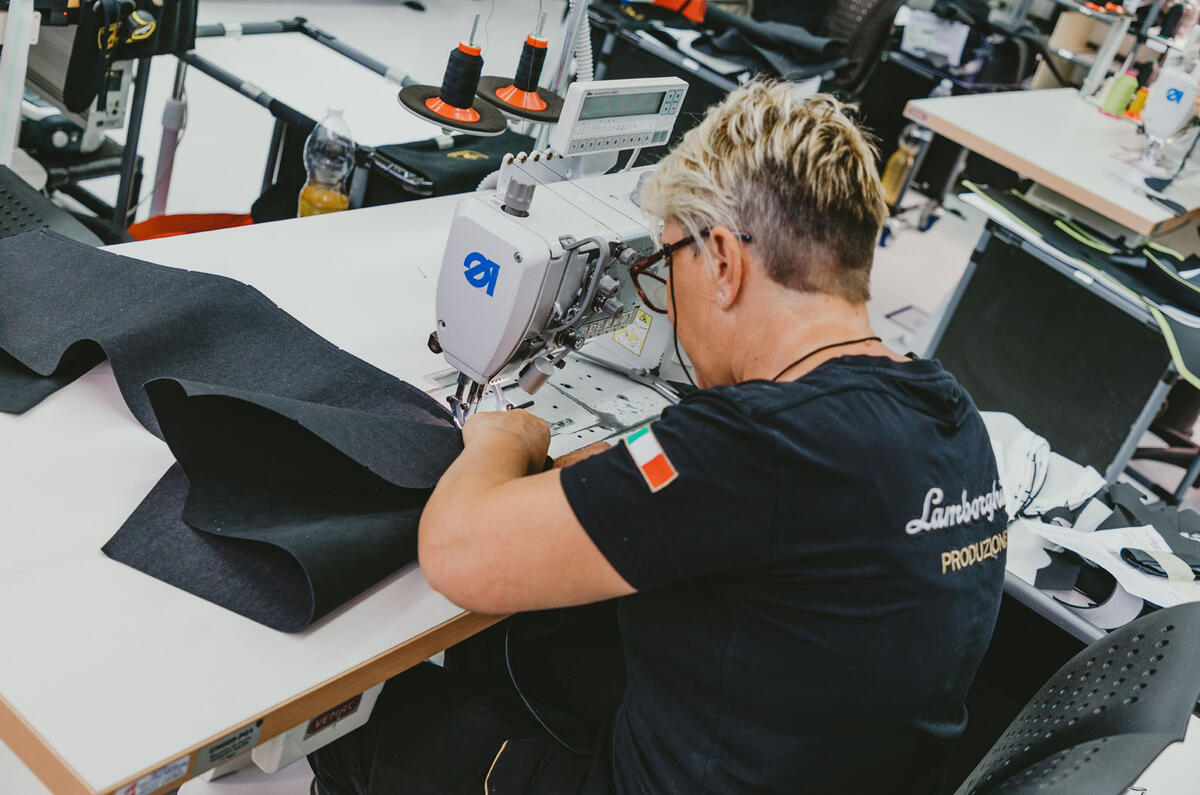
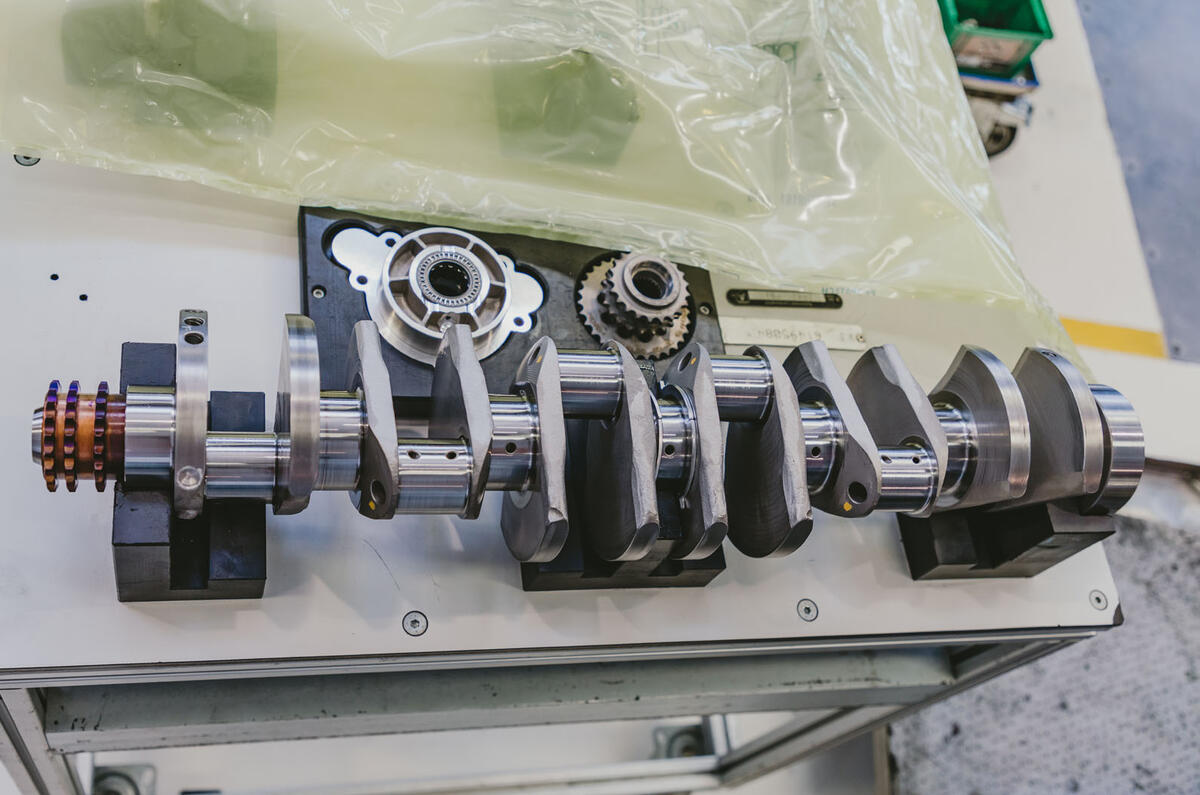
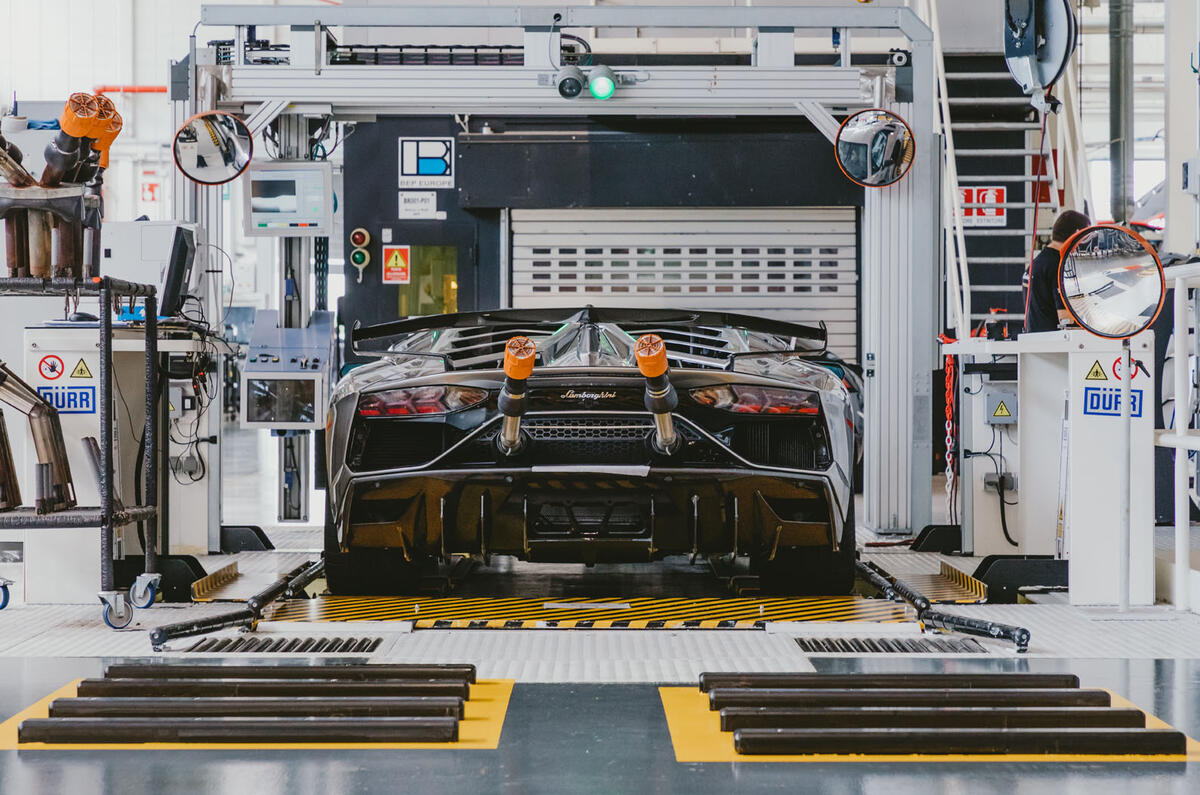

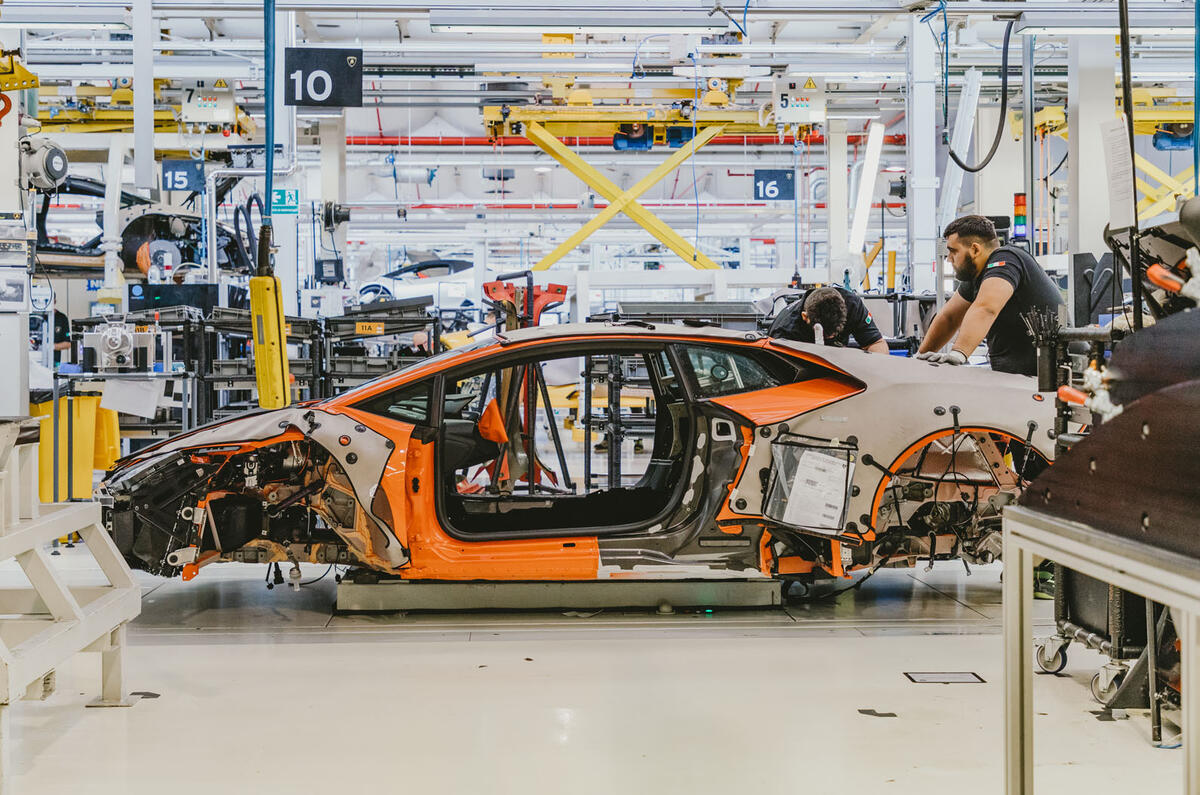
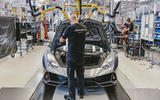
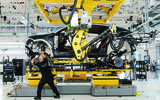


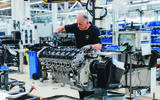


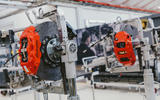



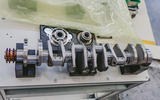


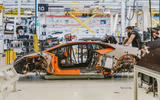

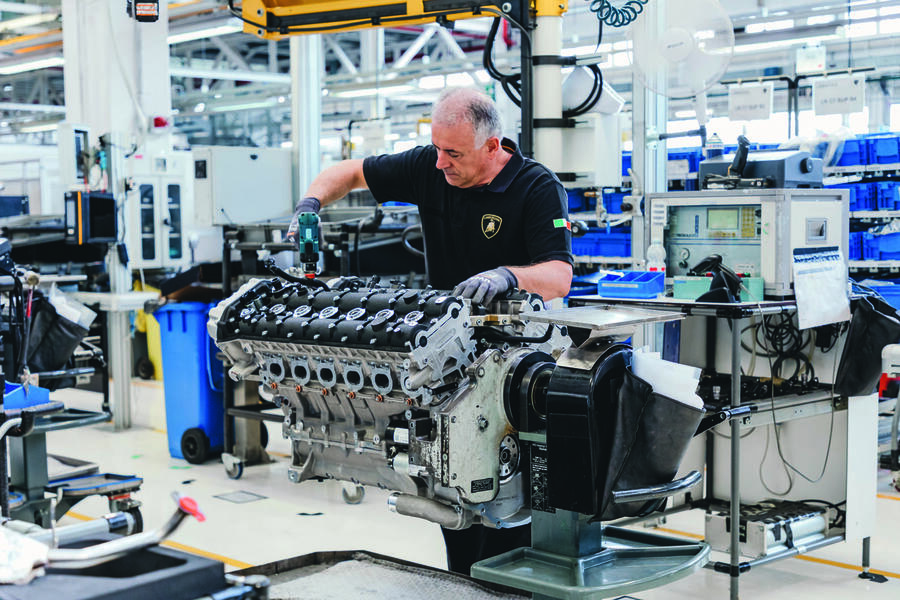
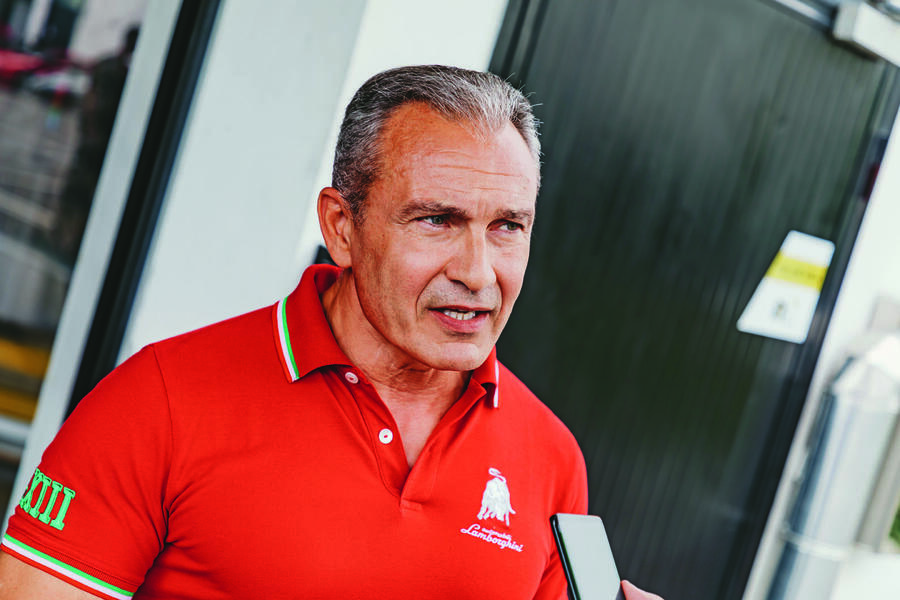
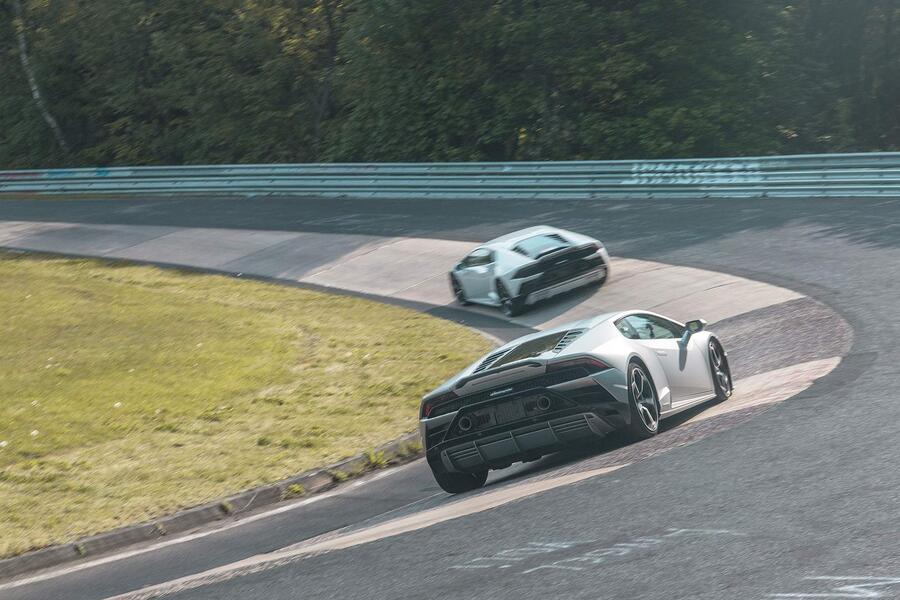





Join the debate
Add your comment
Size
The Urus seems to have given Lamborghini the sales that it always looked for, but could rarely achieve. What will be interesting to see, will be whether Lamborghini wants to, or VAG will allow it to, increase sales further by expanding its SUV range. The question of course is, how big will be too big for Lamborghini?